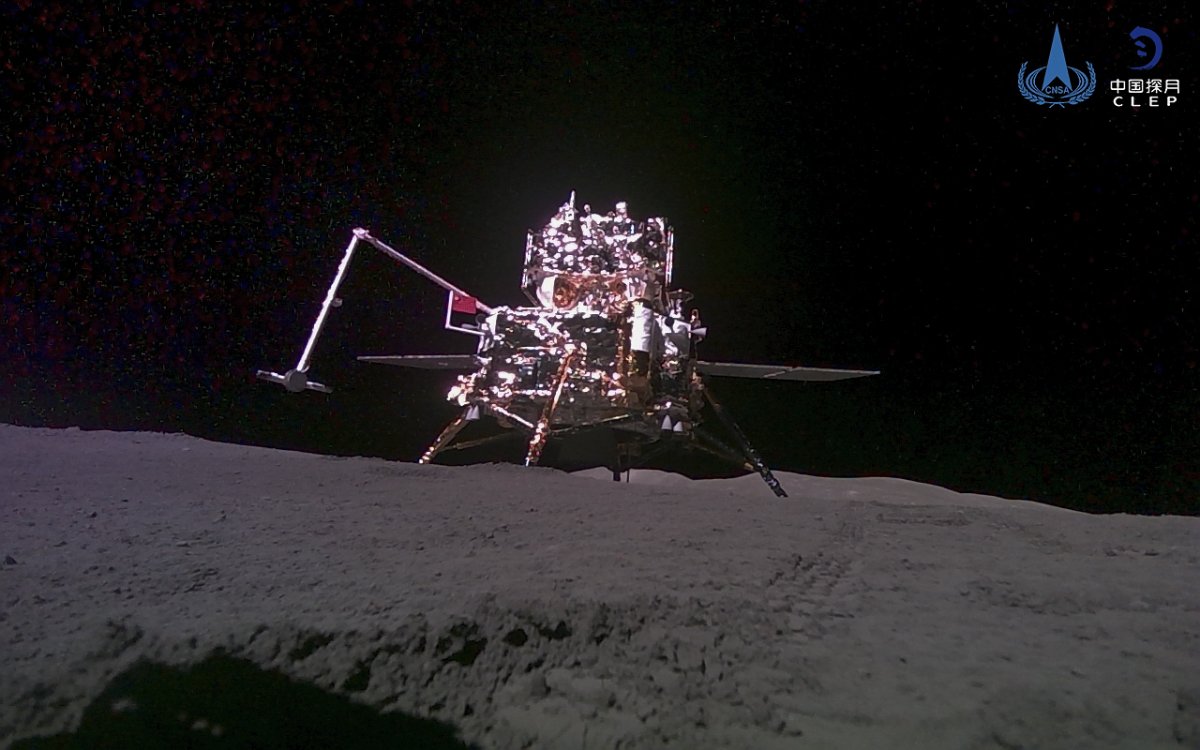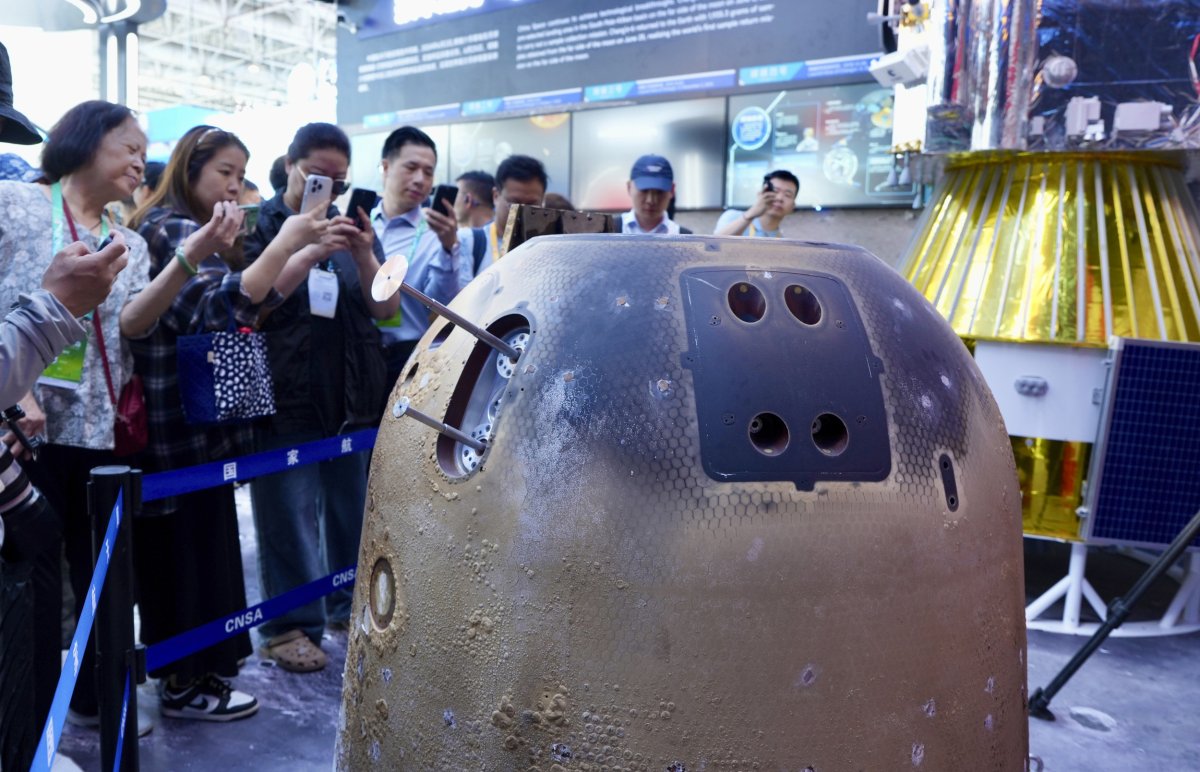New research from samples provided by a Chinese spacecraft has confirmed that volcanoes erupted on the far side of the moon billions of years ago.
The revelation is based on analysis of lunar soil samples gathered by the first spacecraft to return to Earth with a haul of rocks and dirt from the little-explored far side of the moon, which is sometimes called the dark side of the moon because so little, relatively, is known about it.
The research offers new clues about the moon's geological past and the relationship between its two hemispheres.
The findings were published in the journals "Nature and Science" on Friday.
For decades, scientists have known that volcanic activity shaped much of the near side of the moon, the hemisphere visible from Earth.
However, the far side—long considered more enigmatic—remained largely unexplored.

What Has China's Chang'e-6 Mission Discovered About the Moon?
The Chang'e program made history with its 2019 Chang'e-4 mission—the first to land on the far side of the moon.
Now the Chang'e-6 mission, which returned the first-ever samples from the far side of the moon in 2023, has provided definitive evidence that the lunar far side also experienced significant volcanic eruptions.
Two independent teams of researchers identified fragments of volcanic rock dating back as far as 4.2 billion years, through analyzing soil and rock fragments brought back by the Chinese spacecraft.
The majority of the samples were around 2.8 billion years old, offering a crucial snapshot of the moon's volcanic history.
How Do the Two Hemispheres of the Moon Differ?
Christopher Hamilton, a planetary volcanologist at the University of Arizona, noted that the discovery fills a critical gap in lunar research.

He said "To obtain a sample from this area is really important because it's an area that otherwise we have no data for."
The lunar far side, despite being only a short distance from the near side, has remained largely unexplored due to the challenges of communication and navigation.
Prior research, including data gathered by NASA's Lunar Reconnaissance Orbiter, suggested that volcanic processes might have occurred on the far side.
The newly confirmed volcanic rocks, along with their dates, now support this theory, suggesting that the moon's geological activity extended far beyond what was previously thought.
The moon's surface is marked by stark contrasts: the near side, which faces Earth, is home to vast, flat plains formed by ancient lava flows.
However, the far side is pockmarked with craters, and lacks the large lava-filled basins found on the near side.
Future Lunar Exploration
Why these differences exist has long been a subject of scientific intrigue.
Qiu-Li Li, a study co-author from the Chinese Academy of Sciences said "The two halves of the moon are so different, and understanding why is a puzzle that we continue to investigate."
The new findings suggest that the moon's volcanic activity spanned both hemispheres for over a billion years.
This raises intriguing questions about the moon's internal dynamics and its evolution over time.
Researchers are now keen to explore how the volcanic activity on the moon persisted for so long, how it influenced the moon's surface, and its overall geological development.
As future missions continue to explore the lunar surface, the newly uncovered volcanic history of the moon's far side could play a critical role in unraveling the mysteries of the Earth's closest celestial neighbor.
This story contains additional reporting from The Associated Press


















:quality(85):upscale()/2024/04/24/878/n/3019466/36c5693c662965c5d1ce91.72473705_.jpg)

 English (US) ·
English (US) ·